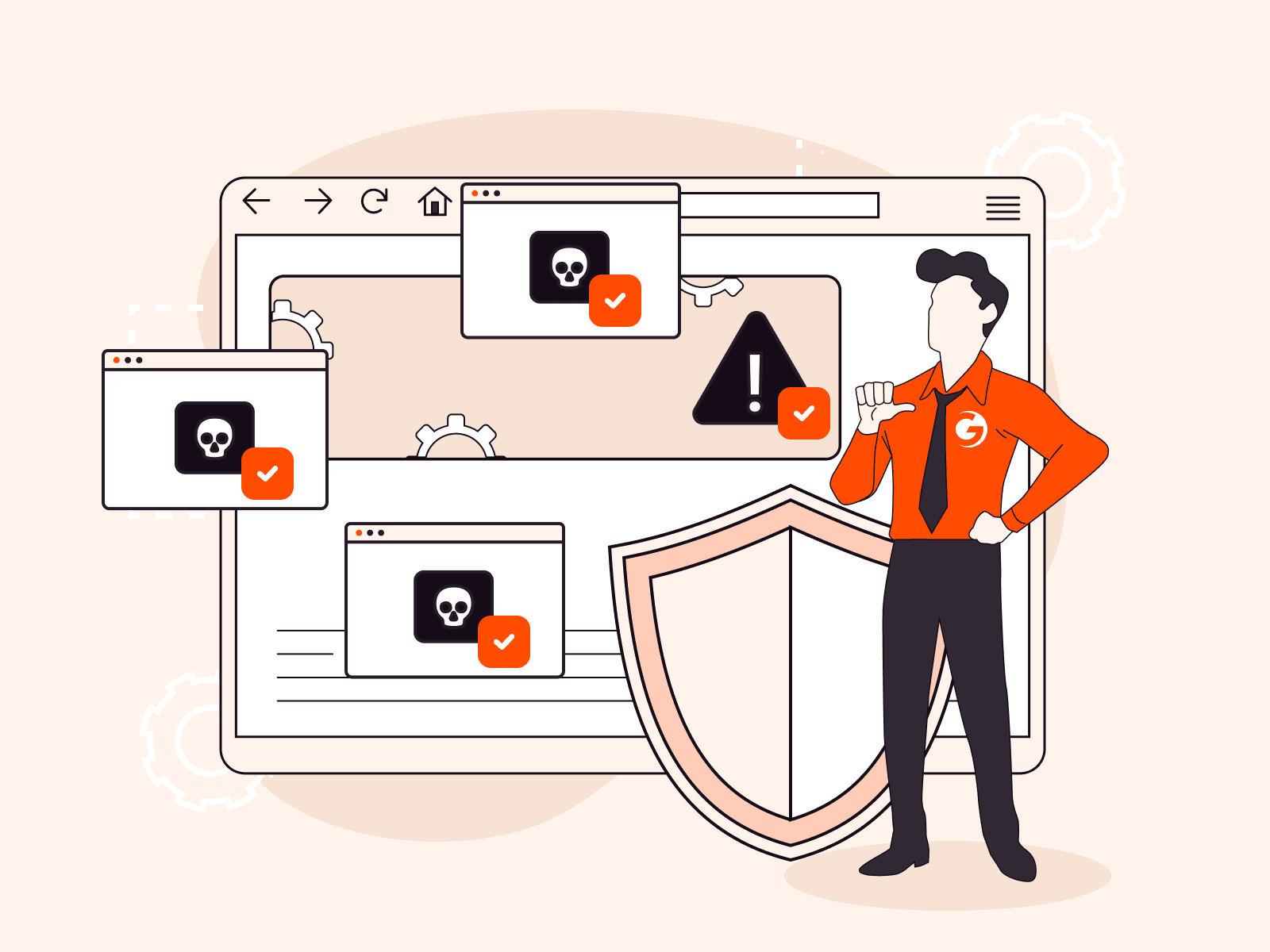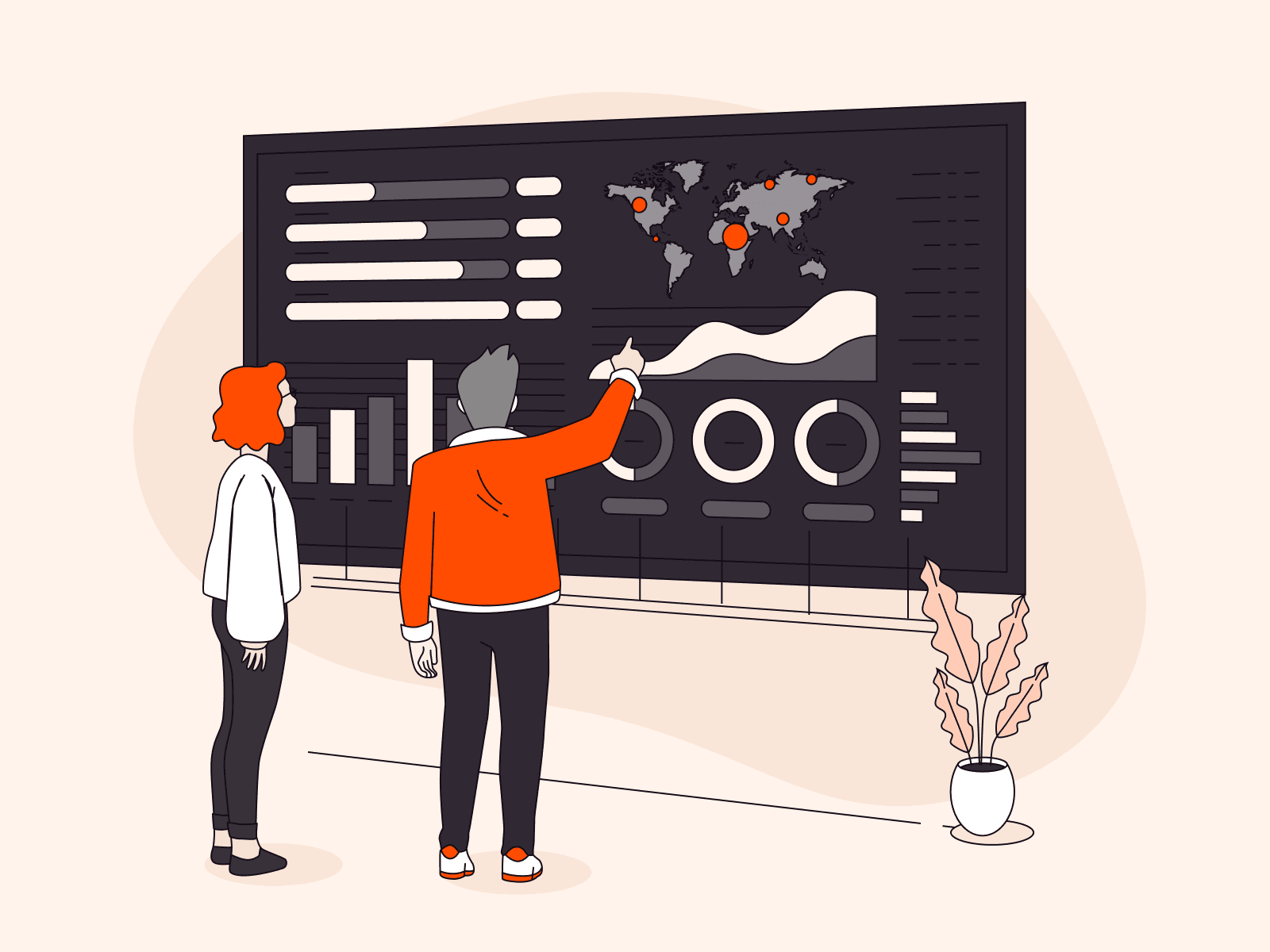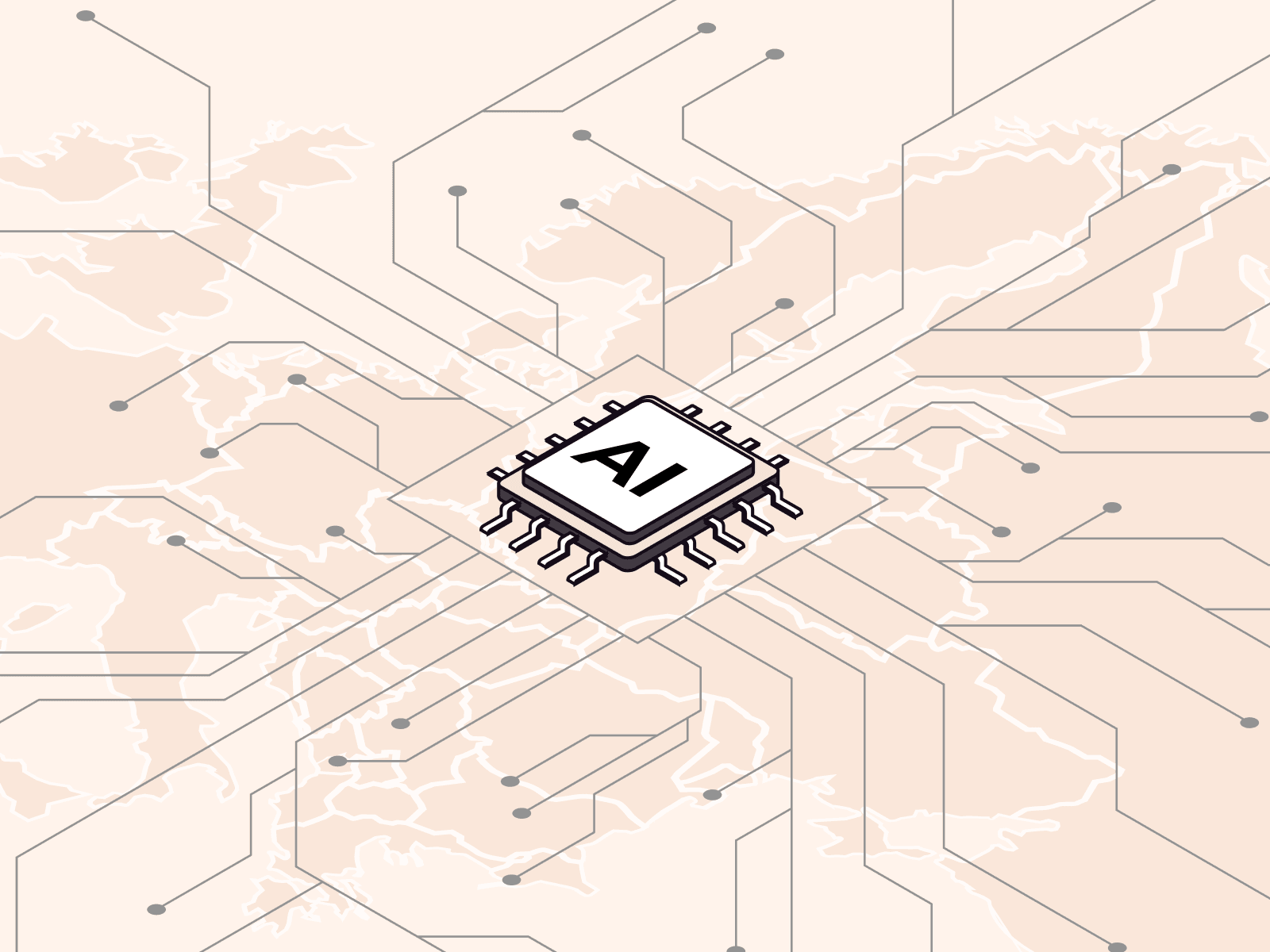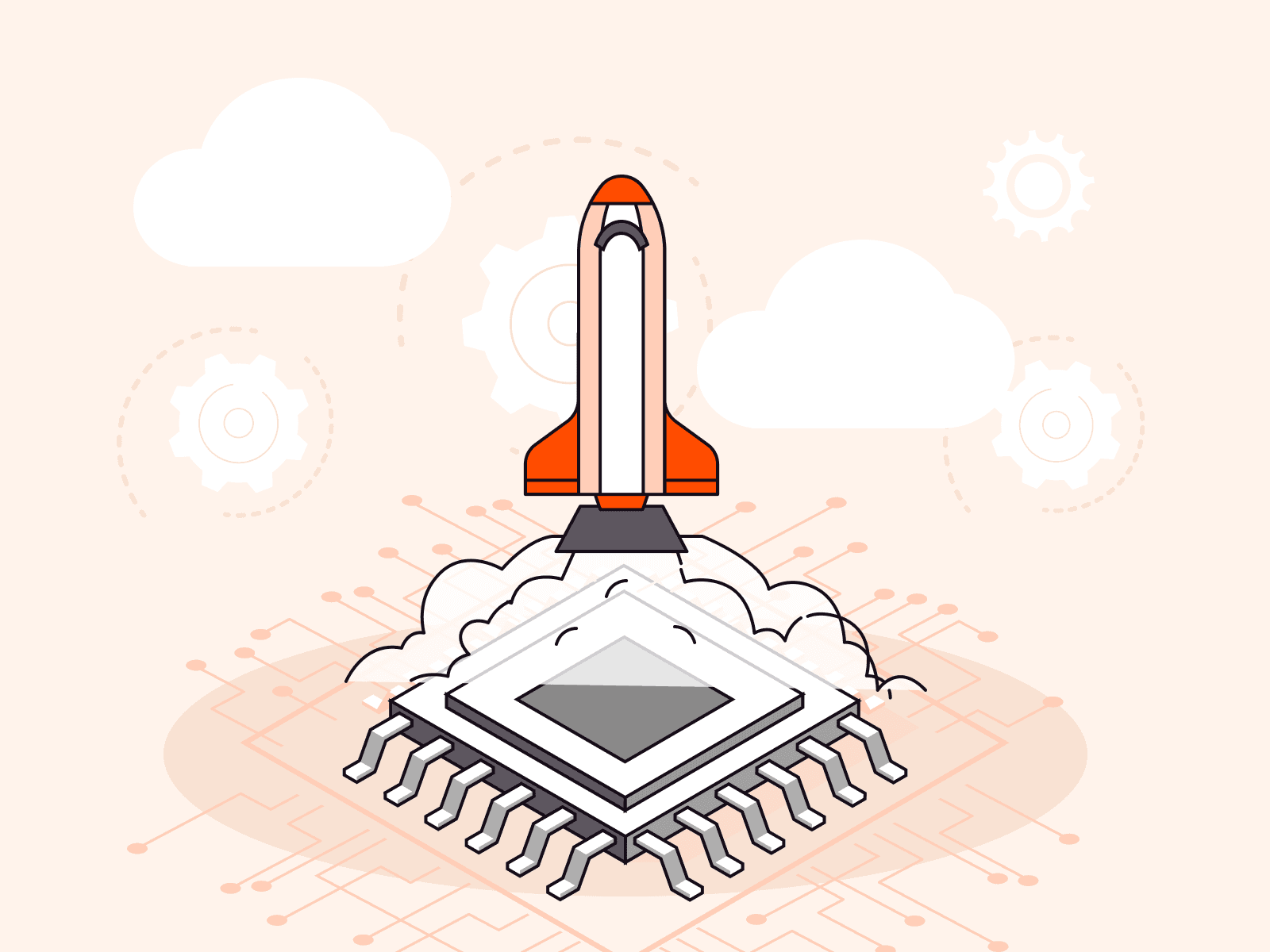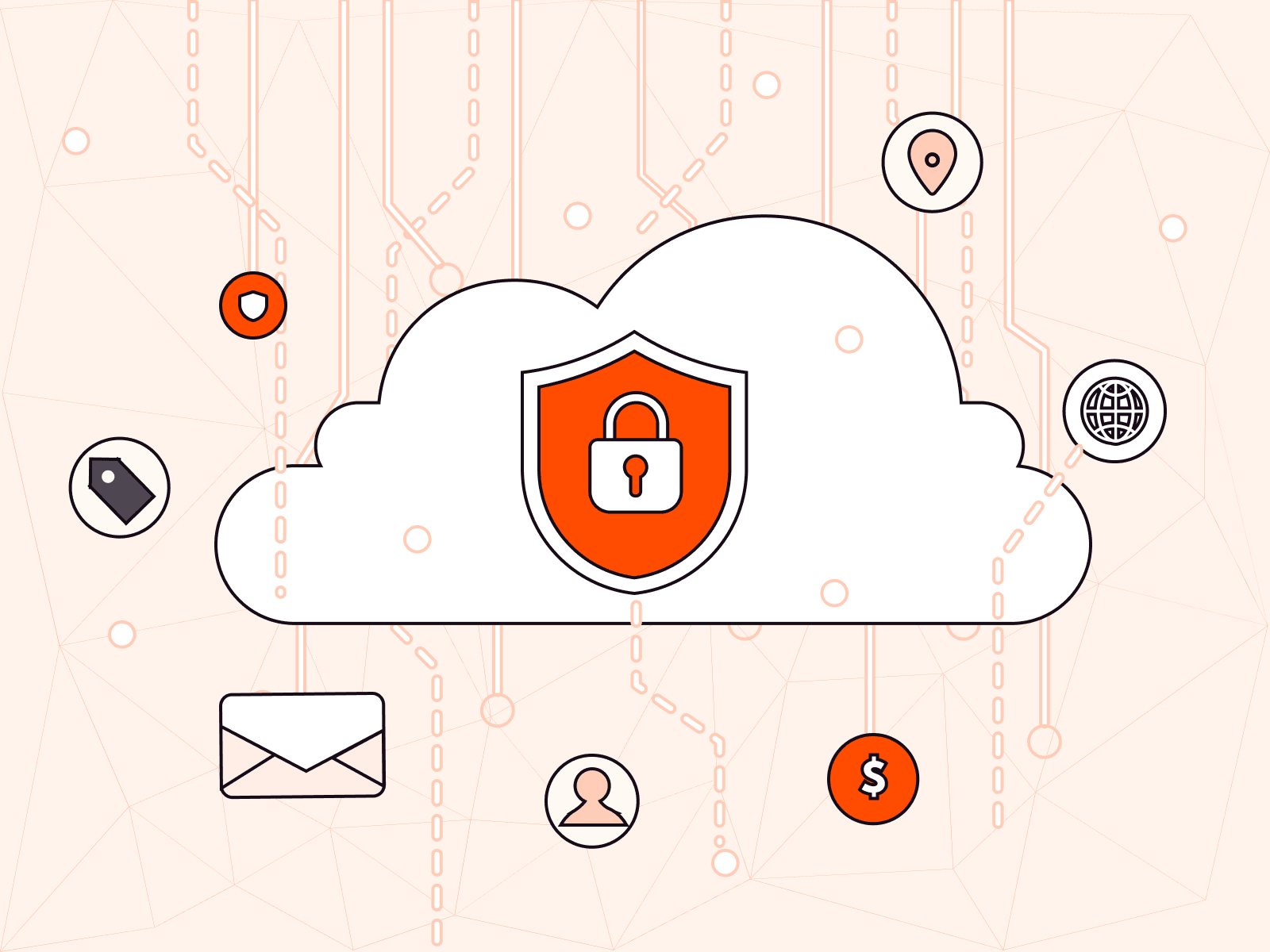5 strategies to balance cybersecurity performance with cost efficiency for your business
- January 7, 2025
- 5 min read

It’s a common misconception that cybersecurity spending is an insatiable black hole for business budgets with no true ceiling and limitless demands on tools, talent, and time. In reality, effective security isn’t about how much you spend but about making sure your spending is smart. Allocating too much budget to unnecessary tools will simply drain financial resources—but underinvesting in security could leave an organization dangerously exposed.
So how do you balance the need for increasingly sophisticated protection against constrained budgets without compromising performance? This guide offers a five-step actionable strategy to help you maximize value without compromising on protection. Plus, we debunk cost-efficiency myths.
Step 1: Understand your organization’s security needs
Cost efficiency begins with clarity. Before you invest in tools or services, you’ll need to evaluate risk levels, align with compliance requirements, and map your security goals to your business objectives to understand your organization’s unique security needs.
Evaluate risk levels
Cybersecurity Framework and ISO 27001 are useful tools for identifying the threats most relevant to your organization. These threats, ranging from phishing and ransomware to insider attacks, collectively account for billions in damages annually, underscoring the critical need for proactive mitigation strategies.
Keeping an eye on the cybersecurity landscape can also help identify emerging threats to look out for. For instance, edge-related attacks more than doubled in the past two years, growing from an average of two per month per organization in 2022 to 4.75 in 2024. Tools aimed at mitigating this particular risk and designed with edge attack combat in mind are evidently important for businesses thinking about futureproof security solutions, and represent a worthwhile investment.
Align with compliance requirements
Industry- and geography-specific regulations define minimum security standards your organization must meet, such as GDPR, CCPA, and HIPAA. We’ve collated global compliance requirements for 2025 in one convenient article.
Noncompliance can be expensive and harmful to your organization’s reputation. For example, fines for not adhering to GDPR standards reached over €2.1 billion in 2023 alone.
Compliance should be considered a baseline, not a ceiling, for your cybersecurity. It defines the minimum standards your company must meet, but for enterprises and businesses in sensitive industries (like finance and healthcare) simply meeting compliance standards isn’t enough to fully protect customers and their data. Learn more about why that’s the case in our dedicated blog.
Map security goals to business objectives
Cybersecurity should enable, not limit, your business. Develop strategic cybersecurity goals by focusing on solutions that align with your business objectives, whether that’s customer trust, operational continuity, or intellectual property protection.
Avoid paying for solutions or plans that deliver features that your business doesn’t need. For example, if your company only operates in North America, you don’t need to look for GDPR compliance. Similarly, if you operate in the financial services industry, HIPAA compliance isn’t relevant to you.
Step 2: Calculate your return on investment
Investing in cybersecurity may seem like an expense with no direct payoff, but a well-calculated ROI shows its true value. Here’s how organizations can measure return on investment.
- Cost-per-risk mitigation: This metric evaluates the financial impact of mitigating a specific risk against the cost of the solution. For example, if a solution prevents a $1 million ransomware attack and costs $200,000 annually, the avoided cost significantly outweighs the investment.
- Total cost of ownership (TCO): Besides upfront expenditure, some security solutions have ongoing operational costs. For instance, a deployed on-premises firewall may be very low-cost initially but may require extensive maintenance and upgrades over time, while a cloud-based alternative may offer lower TCO and facilitate simpler ROI calculations.
- Operational metrics: Track quantifiable measures, such as incident response time reduction, reduced downtime, or fewer false positives. These metrics allow you to understand how investments are translating into real, material improvements.
- Intangible ROI: Reputation, customer trust, and competitive advantage are harder to quantify but equally critical. Security investments boost customer trust and can even serve as a competitive advantage. A vast 85% of consumers say they won’t do business with a company if they have concerns about its data security practices.
Step 3: Leverage cloud-based and managed security services
Cost-effective cloud-based security solutions and managed services alternatives to resource-intensive traditional models have emerged. These options offer the following benefits:
- Scalability without sunk costs: Cloud security solutions enable an organization to scale up or down depending on demand without the very high upfront costs of hardware or perpetual licenses.
- Specialized expertise: Managed security service providers (MSSPs) provide 24/7 services such as monitoring, threat intelligence, and incident response. For companies without the budget or bandwidth to develop a security team, MSSPs can extend state-of-the-art tooling and domain expertise for a fraction of what it would cost to develop in-house.
- Reduced maintenance burden: Cloud solutions generally include automated updates and patch management, so your security environment remains up to date without using internal resources.
Adoption of a cloud-based solution often raises concerns regarding data sovereignty or vendor lock-in; these challenges can be mitigated through careful selection of vendors and hybrid approaches that use both on-premises and cloud systems.
Step 4: Use automation and AI to lower costs
Automating repetitive tasks and using machine learning for advanced threat detection can reduce operational costs greatly while improving response times, in addition to providing the following benefits:
- Optimized security operations: Automated tools can perform tasks such as log analysis, vulnerability scanning, and compliance reporting, allowing your team to focus on sophisticated security activities.
- Enhanced threat detection: AI-powered solutions can analyze vast amounts of data in real time and recognize anomalies or patterns indicative of a threat that human analysts may not have caught. This reduces the likelihood of breaches, minimizing the costs associated with incident recovery.
- Efficient incident response: Automation can speed up incident response by automatically triggering predefined actions, such as isolating affected systems or stakeholder notification. This reduces response times and downtime costs.
- Scalable protection: As your organization grows, AI-driven solutions can adapt to larger datasets and more complex networks without requiring proportional increases in manual effort or resources.
Automation investment does not replace human expertise; instead, it augments it. The right mix of automated tools and skilled analysts drives cost efficiency while maintaining protection.
Step 5: Plan for scalability
Security needs are not static; as businesses grow, so do their cybersecurity needs. What might work well enough for a small startup will quickly fall short when the company scales to new markets, adopts additional technologies, or faces more sophisticated threats. A scalable security architecture simply allows for the growth of your defenses to keep pace with your business without the need for continual reinvestment in the process.
Scalability is about solution flexibility and modularity. Most cloud-based security platforms, for instance, offer the possibility of adding new functionalities or expanding coverage with minimal disruption. The same can be done for managed services, tailoring them to growing workloads and new regulatory needs.
Planning for scalability also allows the creation of a roadmap for future investments. Anticipating future growth and aligning security budgets to long-term goals can prevent reactive spending or hurried deployments with associated costs.
Debunking cost-efficiency myths
Cost-efficient security often suffers from general skepticism, including misconceptions leading to either overinvesting or underinvesting. Let’s debunk some of the common myths:
Myth: Cost-efficient security means cutting corners.
Reality: Smart investments in automation, managed services, and modular solutions can reduce costs without sacrificing quality or performance.
Myth: More tools equal better protection.
Reality: Overlapping or redundant tools can create inefficiencies and complexity. Consolidating solutions into a unified platform often delivers better results at a lower cost.
Myth: Cybersecurity is a one-time expense.
Reality: Security requires continuous investment, not just in tools but also in training, updates, and monitoring. Viewing it as an ongoing process ensures long-term efficiency and effectiveness.
Security without compromise
Creating a cost-effective cybersecurity strategy has less to do with cutting costs and more to do with making strategic investments. By targeting your organization’s unique security priorities, evaluating returns on investment, adopting scalable cloud-based solutions, and embracing automation, you can maintain strong protection while keeping costs in check.
Making these strategic decisions can be complex, but the right partner can simplify the process. Gcore provides advanced edge cybersecurity solutions to help businesses of all sizes optimize their cybersecurity investments, securing resilience against ever-changing threats while maximizing value.
Related articles
Subscribe to our newsletter
Get the latest industry trends, exclusive insights, and Gcore updates delivered straight to your inbox.

